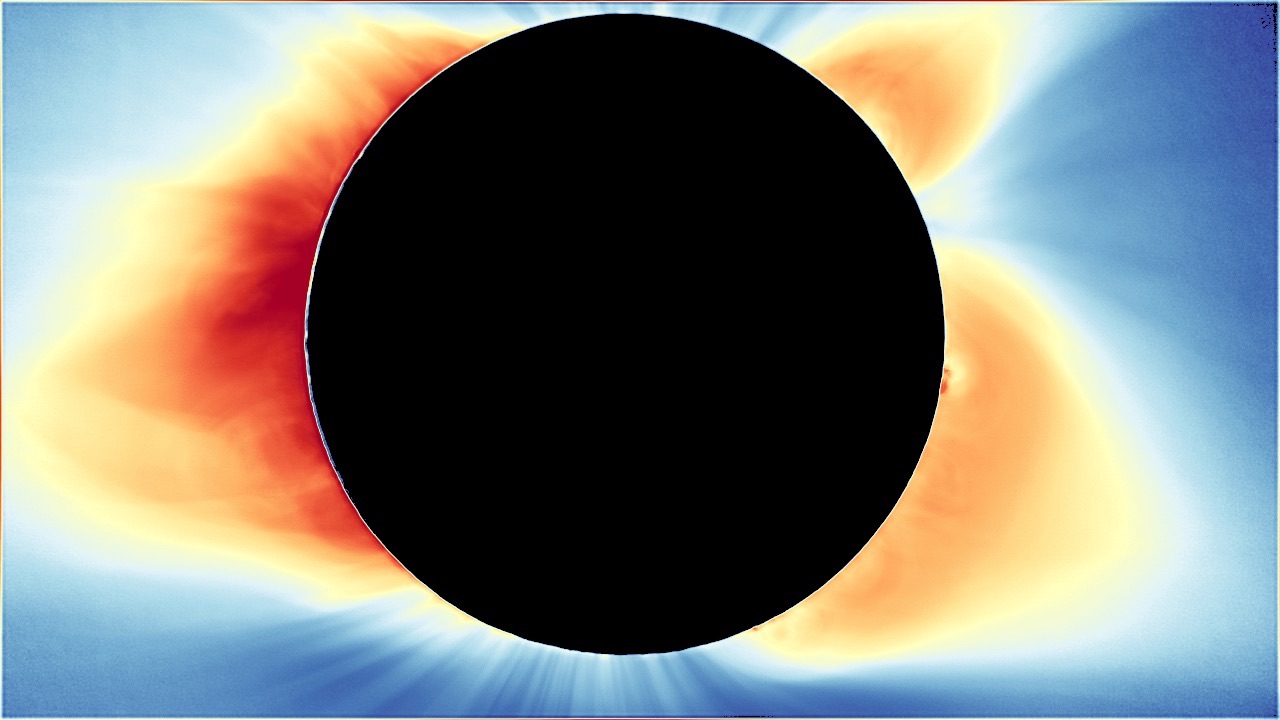Chasing The Eclipse II: Augmented Airborne Science From Nasa’s WB-57
Get ready for a celestial spectacle! On Monday, April 8, 2024, a total solar eclipse will grace several regions of continental North America. The eclipse’s mesmerizing path will traverse Mexico, the United States, and Canada, commencing its cosmic journey over the South Pacific Ocean. For detailed information about the eclipse and its trajectory, check out NASA’s dedicated page.
A total solar eclipse, a rare cosmic ballet where the Moon gracefully positions itself between the Earth and the Sun, offers us more than just a breathtaking visual display. It unveils the enigmatic solar corona, the Sun’s scorching outer atmosphere, providing scientists with a unique opportunity for in-depth observations. While ground-based viewers will savor around 4 minutes of totality, the ingenious Citizen CATE team plans to capitalize on this brief window by strategically placing telescopes and polarized cameras along the path of totality. Learn more about their exciting project on the SwRI Citizen CATE webpage.
However, to enhance viewing capabilities the SwRI-led Chasing The Eclipse II team will use two retrofitted NASA WB-57F jet planes (depicted below) to chase the Moon’s shadow, extending the totality observation time to an impressive 8 minutes. This not only promises additional valuable data for scientific analysis but also capitalizes on the planes’ ability to soar above most atmospheric interferences, ensuring pristine astronomical observations.

Charting New Heights: NASA’s WB-57 and the 2017 Total Solar Eclipse
This isn’t the first cosmic rodeo for NASA’s WB-57s. On August 21, 2017, during the first total solar eclipse visible from the continental United States in decades, the Chasing The Eclipse team embarked on a groundbreaking mission. Utilizing NASA’s WB-57 High Altitude Research Program, they made high-speed, high-resolution observations of the solar corona, marking a pioneering venture into high-altitude airborne solar astronomy.
The 2017 campaign, detailed in a scientific publication led by Principle Investigator A. Caspi, showcased the Airborne Imaging and Recording Systems (AIRS) stabilization and a two-axis pointed platform. This setup allowed access to the forward hemisphere of the plane, enabling the team to track the eclipse along its shadowy path.

The campaign yielded groundbreaking observations, providing the first high-resolution global coronal images in 3–5 μm medium wave infrared (MWIR). The images highlighted the stark contrast between a cool prominence on the west limb and the hot, active region plasma on the east limb, despite their similar brightness in MWIR.

2024 Chasing The Eclipse II Campaign: Unveiling the Cosmos with SAMI
Building on the triumph of the 2017 campaign, the Chasing The Eclipse team gears up for the 2024 and 2026 eclipses with a cutting-edge multispectral scientific imaging suite, SAMI. This high-resolution, high-cadence imaging suite explores medium-wave, short-wave, and near-infrared and visible wavelengths, offering unprecedented insights into infrared emissions and dynamic motions within coronal structures. The campaign aims to fill the void in prior medium-wave infrared (MWIR; 2–5 µm) coronal observations, presenting an exciting frontier in cosmic exploration.
Buckle up for a cosmic journey as NASA’s WB-57 takes flight, extending our understanding of the universe and unveiling the mysteries of the solar corona. The Chasing The Eclipse II campaign promises not just a glimpse into the cosmos but a leap into the uncharted realms of airborne solar astronomy.
